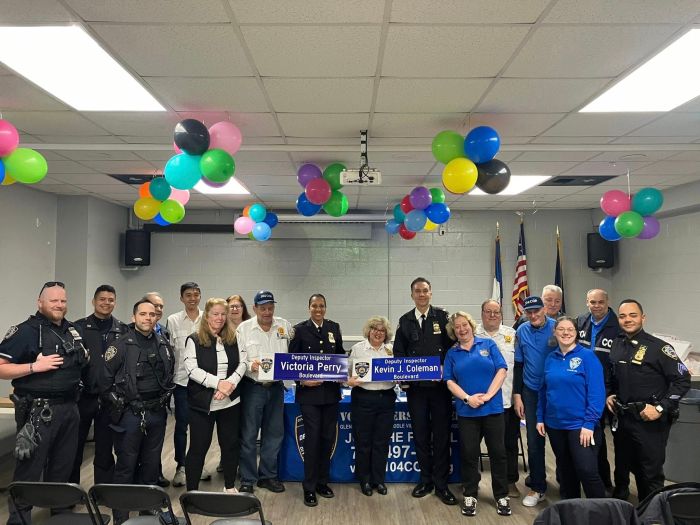By The TimesLedger
When is a seven-story building not a seven-story building? When the building is a proposed three-story church with a 12-foot steeple planned for the middle of a well-connected residential neighborhood.
Some 150 Little Neck residents signed a petition this month “questioning” plans to build a new Presbyterian church in their neighborhood. Among other complaints, the chairman of Community Board 11 said the 12-foot spire was too tall. They are also concerned about inadequate parking. Community Board 11 has asked the Buildings Department to review the plans for the Eunhae Presbyterian Church, which was to be located on property just off of Northern Boulevard and, in turn, the City Buildings Department has given the church 10 days to address the objections that have been raised.
By the time you read this, the 10 days will be up. In the world of city bureaucracy this is not much time. Further adding to the confusion is the complete chaos that the Buildings Department finds itself in. In a corruption trial last week, a professional expediter explained how contractors willing to pay big bucks were able to bypass the department's bureaucracy and get approvals and inspections in a fraction of the normal time.
For 10 years, the Korean-American Eunhae Church was located on Farrington Street in downtown Flushing, but the congregation decided to relocate because their Flushing lease was expiring. The pastor insists that the congregation will contribute to the Little Neck community and he even offered to allow neighbors to use the church parking lot on days when there is no service at the church.
But this controversy is not about an ethnic church and the shadow cast by a 12-foot steeple. In the past, churches and synagogues drew their congregations primarily from residents living nearby. This is not the case with the construction of newer churches and houses of worship. A church or temple often draws worshippers from all corners of the borough. Therefore they do not enjoy the support and protection of the locals.
In Little Neck, Flushing and other communities of northeast Queens, homeowners are increasingly frustrated by the growing number of churches and other houses of worship being erected in neighborhoods that have been exclusively residential for decades. Under existing law, churches and other nonprofit organizations can build as-of-right without having to get a zoning variance. One could not open a hardware store or a restaurant on the property in question in Little Neck without a variance, but there is little that a community can do to block a church or school.
Perhaps this is why the petitioners and the community board have turned to the beleaguered Buildings Department. It is up to this department to make certain that the church is built in accordance with city code in a manner that ensures public safety. But the Buildings Department must not become a back door for people to use to block the building of houses of worship in Queens. And, equally important, the department must take care that well-established, well-connected groups do not gain unfair advantage over ethnic minorities that are less experienced in negotiating the labyrinth of the city bureaucracy.
At some point, the city must address in a comprehensive manner the problem of as-of-right exemptions to the zoning code. There must be a way to strike an equitable balance between the concerns of homeowners and people looking to build churches, schools and other community centers.































